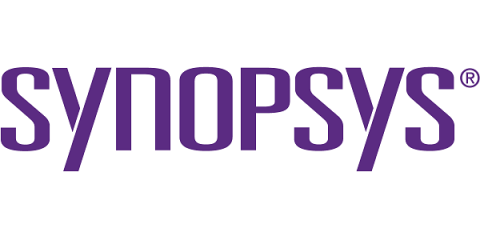Introducing the ability to build apps with Tines
Companies depend on Tines to protect their business through mission-critical automation workflows. Since the earliest versions of Tines, we’ve enabled users to put humans in the loop through forms and prompts. Workflows pause until a person completes an action via an email or messenger prompt. But these features felt limited, with the need for additional human interactions to take place elsewhere creating time-consuming friction.











